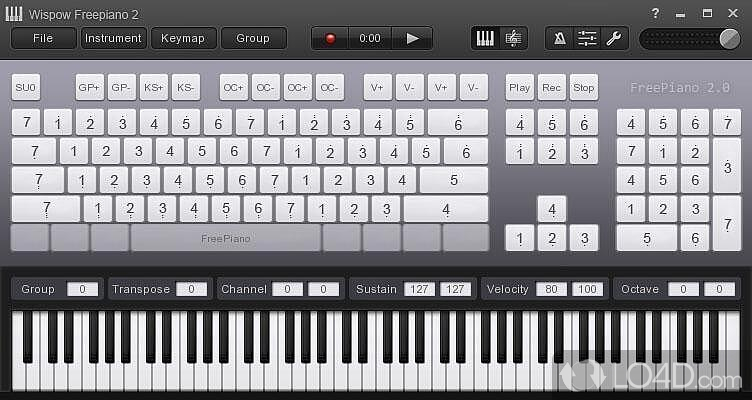Vanilin Midi Keyboards

So often these days, home recording is a one-man-job.Because as technology improves, and more things can be “ faked” with virtual instruments and software modelingJobs that used-to require an entire team of peopleCan now be done with just you, a simple and your trusty old MIDI controller.Of course, some controllers are MUCH better than othersWhich is why in today’s post, we’ll look at 8 of the Best MIDI Controllers on the market to see just how they compare.Let’s begin1. Alesis QFor basic home studios, that only want something something small, versatile, and easy-to-useThe first MIDI controller I’ll recommend is the Alesis Q.Despite its super-low price, it has everything you’d expect from a keyboard controller, including:. USB bus power. pitch and mod wheels. sustain pedal input. Both USB-MIDI and traditional 5-pin MIDI outWhile it may not have the fancy features we’ll see in some the later modelsIf you don’t use that stuff anyway, it’ll only get in your way. So if you’d rather keep it simple, you’ll love the Alesis Q.Click below to see the prices and reviews for each size:.
Vanilin Midi Keyboards For Beginners
25 Key – (///). 49 Key – (///). 88 Key – (///)Up next 2.
Calendrier hijri 1434 pdf. We also have many calendar designs available in another format like excel, word etc. You can also add your own events to the calendar. Please share this page with your friends and family, so they can take advantage of this free resources.
Please use the standard tracker keyboard layout instead of the current one-octave-at-a-time one. The standard mapping has already taken the test of time, and there is really no need to change it for the worse.The Computer MIDI keyboard (activated with the small musical keyboard icon in the upper right part of the GUI) was a nice addition, especially for those times when you're on the road without a MIDI keyboard and inspiration strikes. However, the feature currently uses a keyboard layout with the C note mapped onto the computer keyboard key 'A' instead of 'Q' - the latter being the default practice in tracking software for practically two decades now!The standard way of mapping is: upper octave, C = 'Q', C# = '2', D = 'W', D# = '3'.
Lower octave: C = 'Z', C# = 'S', D = 'X', D# = 'D'. Etc.As you can see, the main benefit of mapping the keys this way is that you can easily fit a key range of two octaves onto the computer keyboard at the same time instead of just one. Not to mention that old timers, who have in their day used trackers quite a bit, have an instinctive feel of jamming with the standard two-octave layout like an actual instrument(If someone some day produces a velocity sensitive computer keyboard, hook me up ). Still, there are plenty of free keys left for the octave and velocity controls in the standard two-octave layout, too.From a musical standpoint, having two octaves (and a bit more) at your fingertips is a huge bonus instead of one C-to-D range at a time. Yeah, I forgot to mention that the highest note you can play using the current Live layout is indeed the upper D. For some reason 'P' isn't mapped as D# at all.Usually, in the actual standard scheme, even when forgetting the whole bottom octave starting from Z (the lower C note) and looking only at the notes starting from Q (the upper C note), the range is wider. Thus, the possibilities of playing the standard layout like an actual instrument are naturally much broader than playing the current Live keyboard layout.